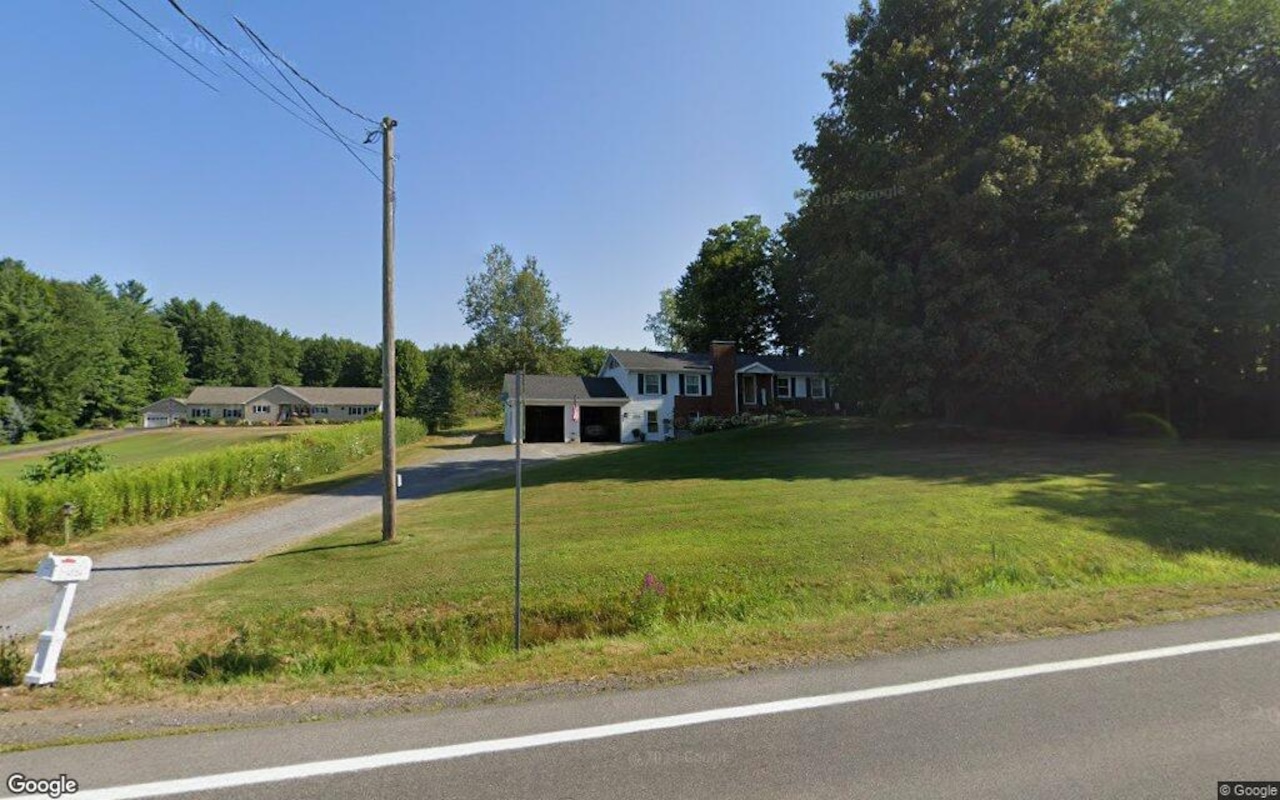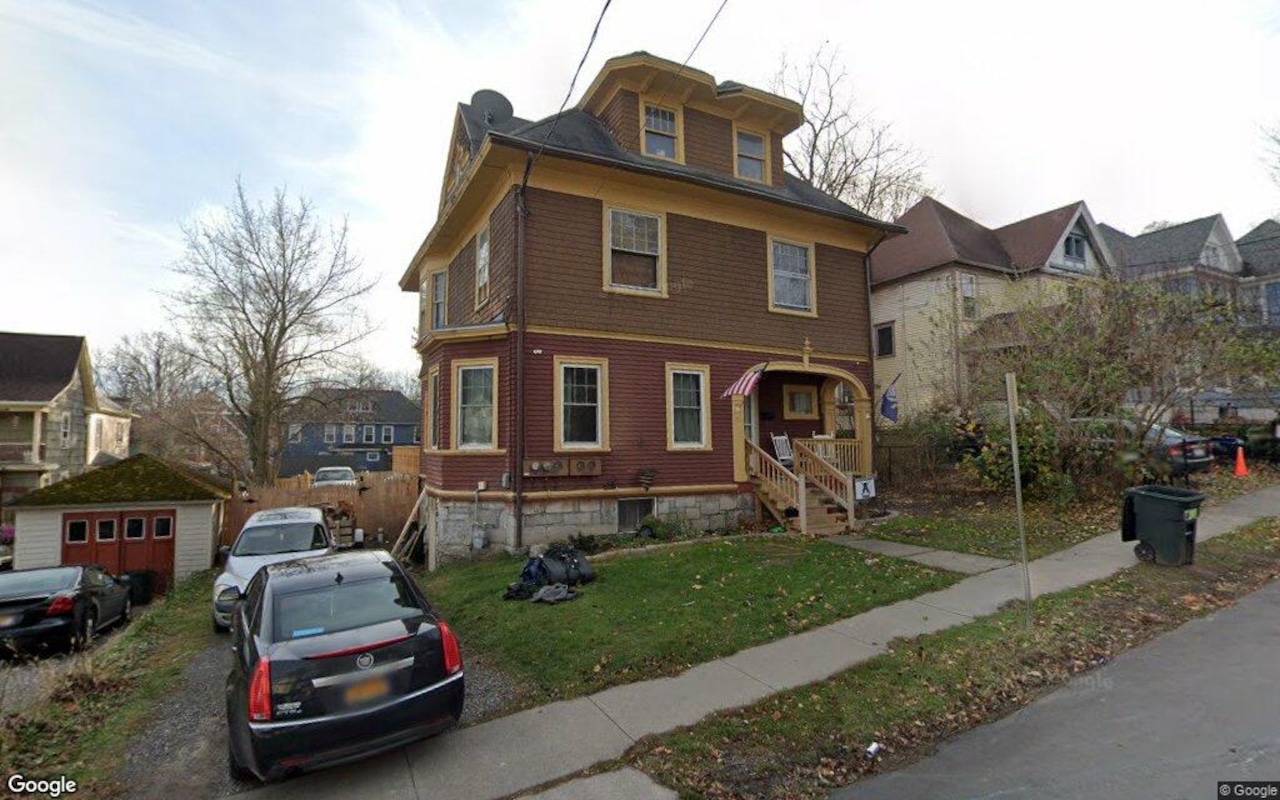W
hen people picture rural Texas, they imagine vast ranches and farms, yet the current market is shifting toward smaller parcels. Historically, small tracts represented only 20 % of sales, but recent TRERC data shows they now account for almost 50 % of all transactions. Our long‑term studies of large land tracts revealed that values move with macro‑economic forces—state personal income, federal funds rate, and oil prices—rather than farm earnings alone. Rural land, therefore, reflects broader economic conditions.
The question then is: how do small parcels behave? At TRERC, “small” is defined as the lowest quintile of sales volume in each region, excluding backyards and urban lots. These parcels attract families seeking build‑on acreage, investors looking for flexible holdings, and recreational buyers desiring weekend retreats. As demand for rural living rises near Texas’ urban centers, small tracts are reshaping the market landscape.
Our large‑land research showed that price and volume trends tracked the overall economy, not agricultural output. The same three indicators—state personal income, interest rates, and oil prices—drive rural land values. For small parcels, the same forces matter, but buyers are rarely farmers or ranchers, so agricultural income is less relevant. Consequently, we focus forecasts on regions where small‑land activity is decoupled from agriculture and energy markets, isolating drivers such as local population growth, household income, and borrowing costs.
Forecasting is not about a single “magic” number; it involves constructing scenarios based on economic indicators, validating them against historical data, and exploring outcomes under varying conditions. For small land, we start with historical sales patterns, then layer the three macro variables that proved effective for large tracts. Depending on results, we may add or adjust indicators to better capture the unique dynamics of small‑parcel transactions. After building the model, we test baseline forecasts and run scenario analyses for stronger or weaker economic environments.
As we refine these models, we will continue to share insights on how these trends affect land participants across Texas. The views expressed on The 338 belong to the authors and do not represent an endorsement by the Texas Real Estate Research Center, Division of Research, or Texas A&M University.















